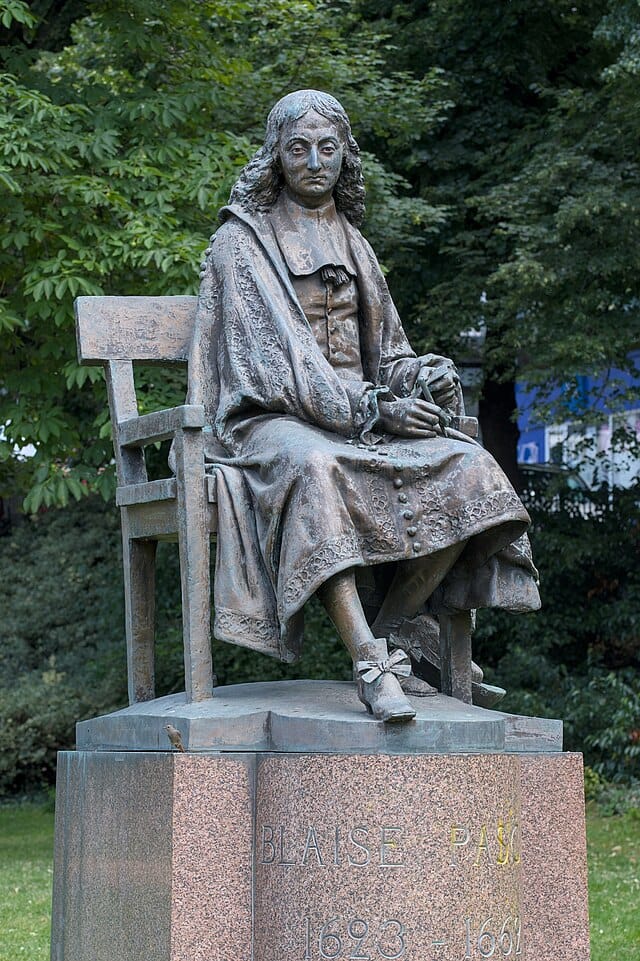The Inventor of Transit
An homage to the inventor of public transport, French philosopher Blaise Pascal.

// Blaise Pascal and the Future of Public Transport
As readers of this newsletter will know, transportation in the largest cities around the world is in a sorry state. The citizens of Lagos, Jakarta, Sao Paulo and Rome spend too many of their waking hours in cars, barely crawling, or not moving at all. (The average speed of traffic in Manhattan has dropped to 7.6 kilometers [4.7 miles] per hour.) Urbanization means the equivalent of a city with the population of New York is now added to the planet every two months.
Cities are all about increasing human opportunity by reducing the space between humans, as well as their businesses, homes, schools, and cultural institutions. Yet cars and trucks—and there are 1.47 billion of them on earth now—require vast amounts of that precious space. The simple truth is they barely fit into today’s cities, let alone into the megacities of the future.

Many people imagine that the solution to our transport woes will come from the bleeding edge of tech research. A magnetic levitation train, perhaps, like the one the Japanese have been working on at a test track in Yamanashi, which reached a top speed of 603 kilometers an hour (375 mph) in 2015. Or maybe it will be a transit network organized around driverless cars, along the lines of the Waymo robo-taxis of San Francisco, but on a much larger scale. Or salvation could come from a combination of Elon Musk’s hyperloop, a kind of vacuum-tube train for intercity travel, or his Convention Center Loop, in which lines of Teslas run under the Las Vegas Strip in 2.7 kilometers (1.7 miles) of specially-built tunnels.

I believe the real future of transportation was launched in pre-Enlightenment France, by Blaise Pascal—he of the famous wager, the one that posited belief in God was a safer bet than non-belief—in the year 1662. After inventing the mechanical calculator, the philosopher turned his mind to the problem of traffic in Paris, which, with a population of half a million, was then the second most populous city in the world, and the most densely settled.
